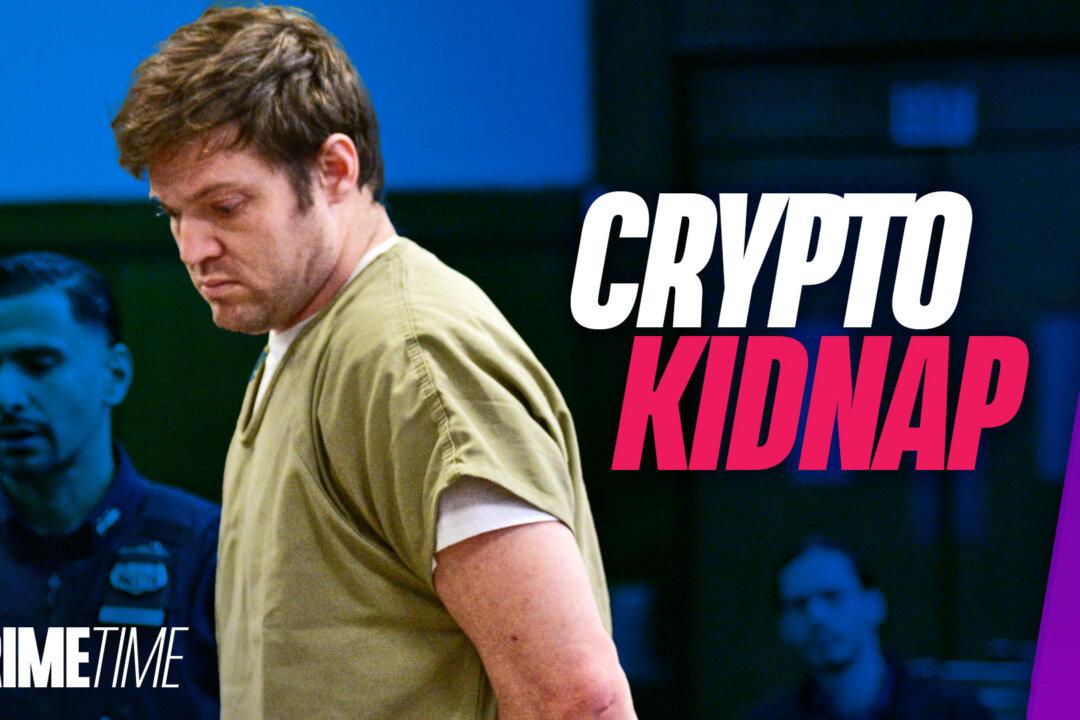It’s the dawn of commercial space travel and an entire industry has spawned to service tourists who will travel to the final frontier.
There are at least seven companies in the United States in the race to transport customers into space. Plans are being drawn up for pleasure cruises, space hotels, and even a new galactic currency, PayPal Galactic, to pay your off-Earth bills.
A company called Space Adventures is the solar system’s first bespoke suborbital travel agent. Space Adventures can book you on a variety of “private spaceflight experiences to suit all interest levels and budgets,” such as a 10-day trip to the International Space Station (price subject to departure), a chance to experience a zero-G flight ($4,950 + tax), and experiencing astronaut space flight training (price depends on choice of itinerary).





